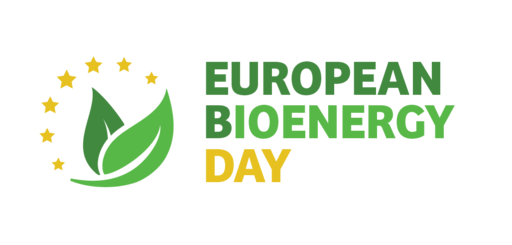Biomass for heating
%
H&C share of total EU energy consumption
%
Bioenergy share in gross final consumption in H&C
%
Bioenergy share in RES H&C
Renewables are often associated with power generation and transport. Studies show than when asked about renewable heating and cooling technologies, almost 35% of European citizens weren’t able to name one single technology. The heating and cooling sector remains underrepresented, showing great room for improvement. Heating and cooling constitute approx 50% of total EU-27 energy consumption, of which 79% is powered by fossil fuels. Renewables have become a key priority in EU-27 policies, especially concerning the construction sector, which is essential for reaching EU-27 decarbonisation objectives. Bioenergy is currently the leading renewable in heating and cooling (87%) and represents 18% of European gross final consumption of energy in this sector (Bioheat Report, 2019).
In the bioheat sector, residential consumption makes up half of total consumption (49,6%) and remains a strong driver. The residential sector consists of individual heating appliances, such as stoves and boilers using wood logs, woodchips and/or pellets. Industry (26%) and district heating (17%) together represent approx 40% of biomass consumption in the heating sector. This sector, together with medium-scale installations in places such as schools, hospitals and hotels, still has great potential for development. As far as industry is concerned, many companies have already switched from fossil fuels to biomass, but more can be done in the coming years. Heat, brought through district heating networks to individuals and businesses, is also an important component of EU bioheat consumption and is essential, especially in Nordic and Baltic countries. This segment has high potential for further development.
